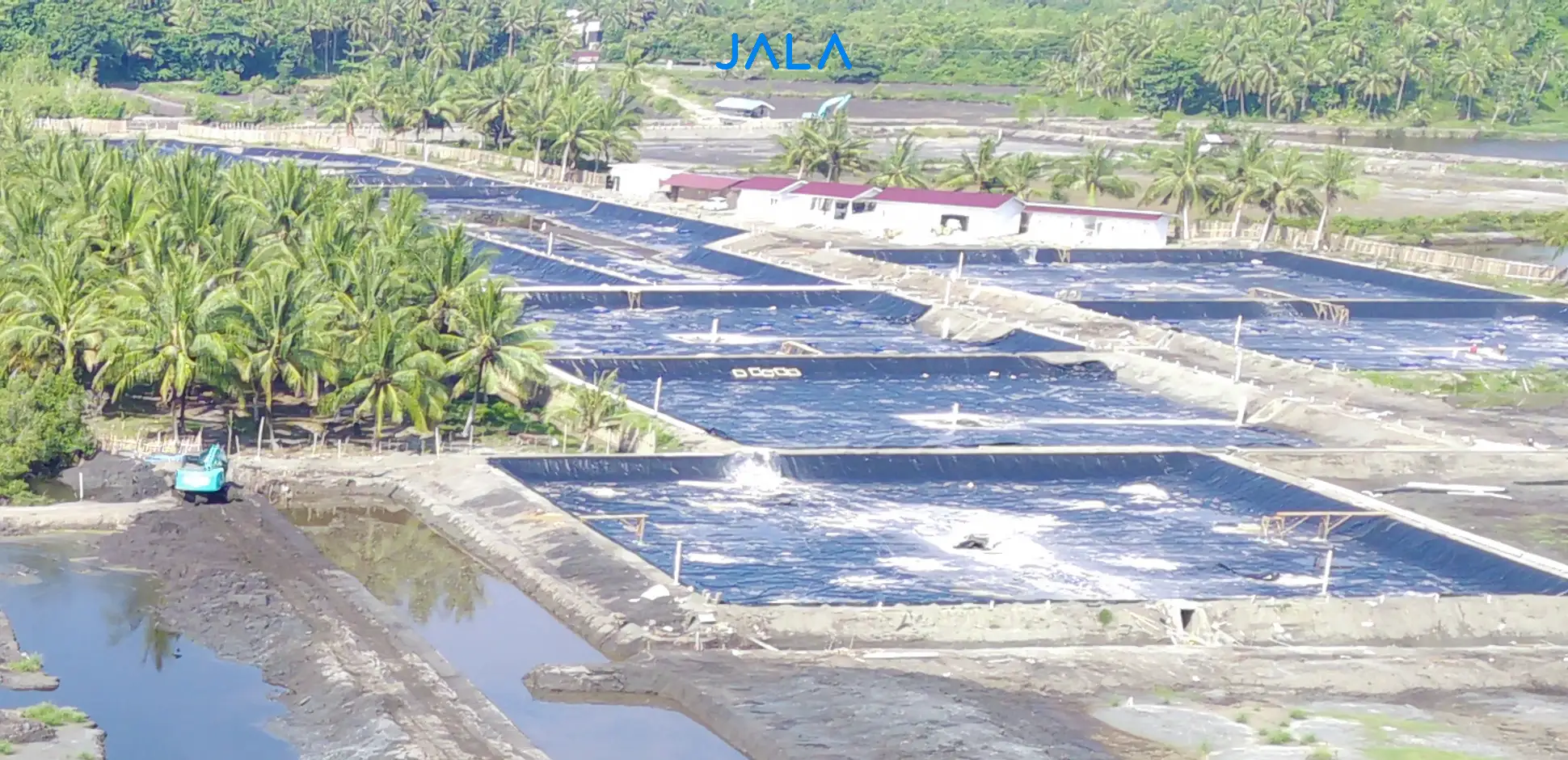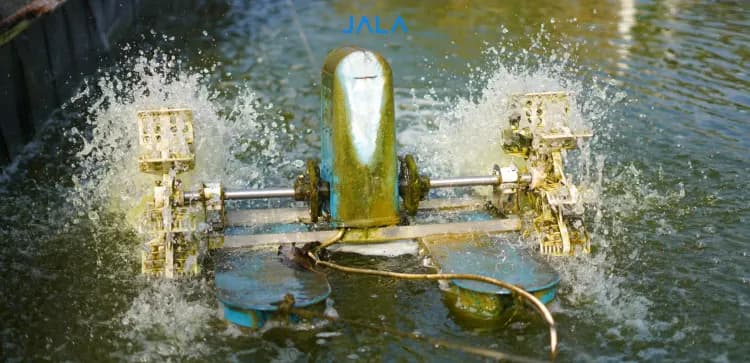
Managing shrimp farms is not just about boosting productivity, it’s also about ensuring that cultivation operations have a positive impact on the surrounding environment. Since shrimp cultivation relies on various natural resources, every activity in the farm inevitably influences the surrounding ecosystem. What are the positive impacts of shrimp farming? And how can the negative impacts be minimized? Read more to discover the full discussion below!
Positive Impacts of Shrimp Farms
1. Improve the local economy
One of the positive impacts of shrimp farms for the surrounding environment is improving the economy of local communities. The establishment of shrimp farms opens up employment such as being farm workers, technicians, feeders, and other related tasks. This increase in job opportunities helps reduce unemployment rates, improving the welfare of the local population.
Another indirect impact of shrimp farms towards the local economy comes from farming activities. Fulfilling the needs of farm workers will open up the opportunity for establishing small restaurants, grocery stores, stores for cultivation supplies, and many more.
2. Increase domestic food production with quality products
Another positive impact of shrimp farming is its contribution to the increase in production of domestic food produce. The shrimp industry is one of the key sectors of Indonesia’s fisheries, with the country ranking among the top five shrimp producers in the global market. Shrimp is a valuable food source that provides essential animal protein for the population.
3. Opens up the opportunity for ecosystem restoration
Conventional shrimp farming activities can generate cultivation wastewater that is rich in nutrients. This wastewater actually benefits plants, thus it can be used for seaweed cultivation, run into mangroves, or precipitated to form agricultural fertilizers. This helps ensure that the wastewater disposed of into rivers or seas fulfills environmental standards.
One example is the sustainable farming initiative implemented by JALA at its pilot farm located in the mangrove area in Lalombi, Central Sulawesi. Through this initiative, shrimp farming activities contribute to mangrove ecosystem restoration by reducing carbon footprints, conserving habitats for biodiversity, and protecting coastal communities from erosion.
Environmental Aspects to Consider when Operating Shrimp Farms
In shrimp farming, it is undeniable that waste generated from farming activities can have negative impacts on the surrounding environment. However, farmers can minimize these risks through several measures. The first step is ensuring that their farms have proper wastewater treatment systems to process cultivation wastewater so that it can be safely disposed of into the environment.
Furthermore, avoiding overfeeding can help reduce waste from cultivation activities. Feed types and amounts should be adjusted according to shrimp conditions, and feeding should be accurately monitored to prevent waste. By implementing these steps, shrimp cultivation can be carried out sustainably without compromising productivity.
Conclusion
In managing shrimp farms, farmers must ensure that their cultivation activities bring positive impacts for the surrounding environment, striving to minimize the negative. By paying attention to sustainability aspects, farmers can contribute to a cultivation that is not just productive, but also environmentally friendly.
For more optimal cultivation practices, the importance of accurate recording of farm conditions cannot be overlooked. The cultivation management application JALA App is here for farmers to record and monitor cultivation data such as water quality, feeding, and shrimp growth in real time. The collected data is used to analyze and improve cultivation efficiency.
Haven’t registered at JALA App? Sign up now at app.jala.tech and download the mobile version on Google Play Store or App Store!





